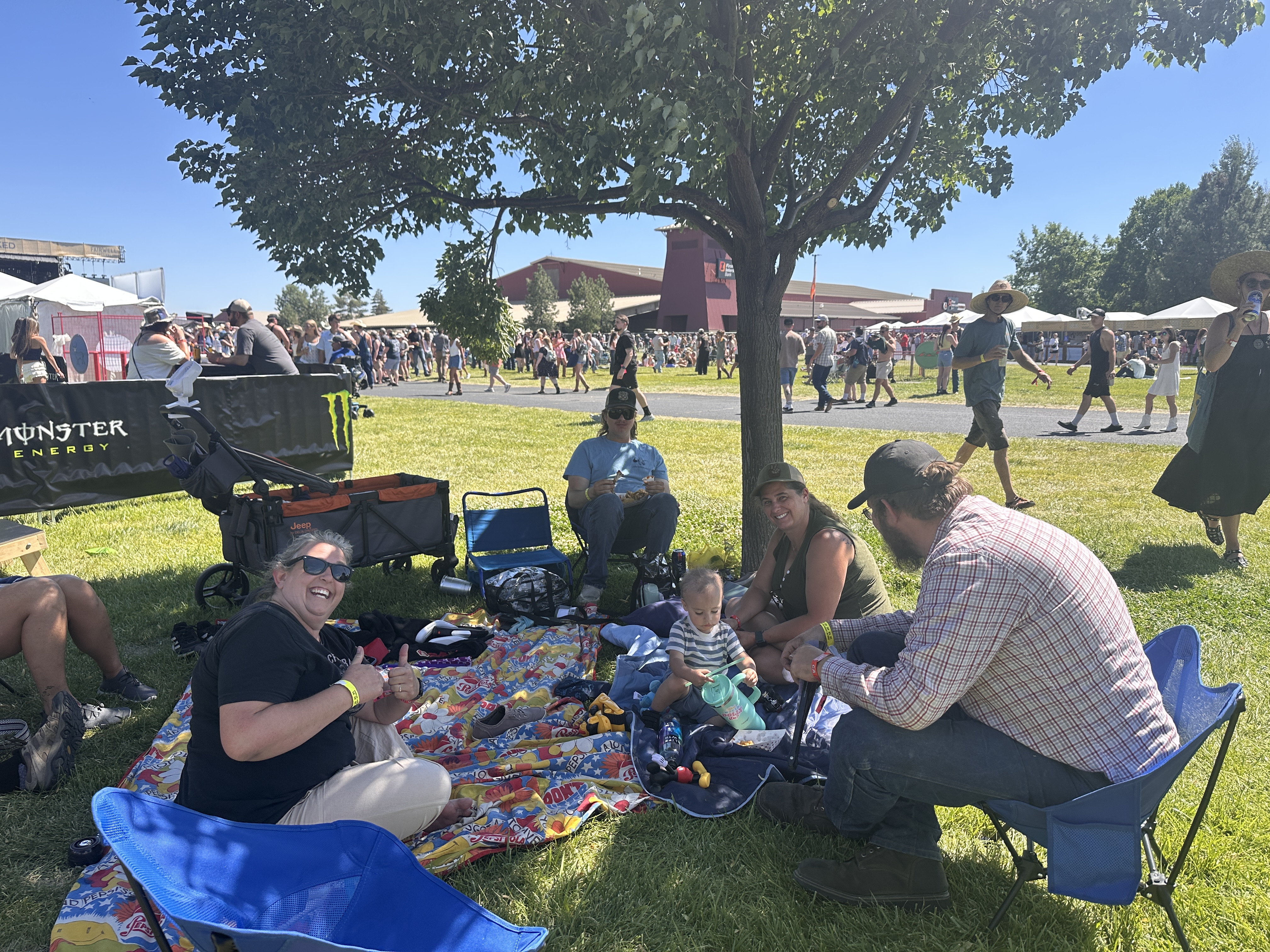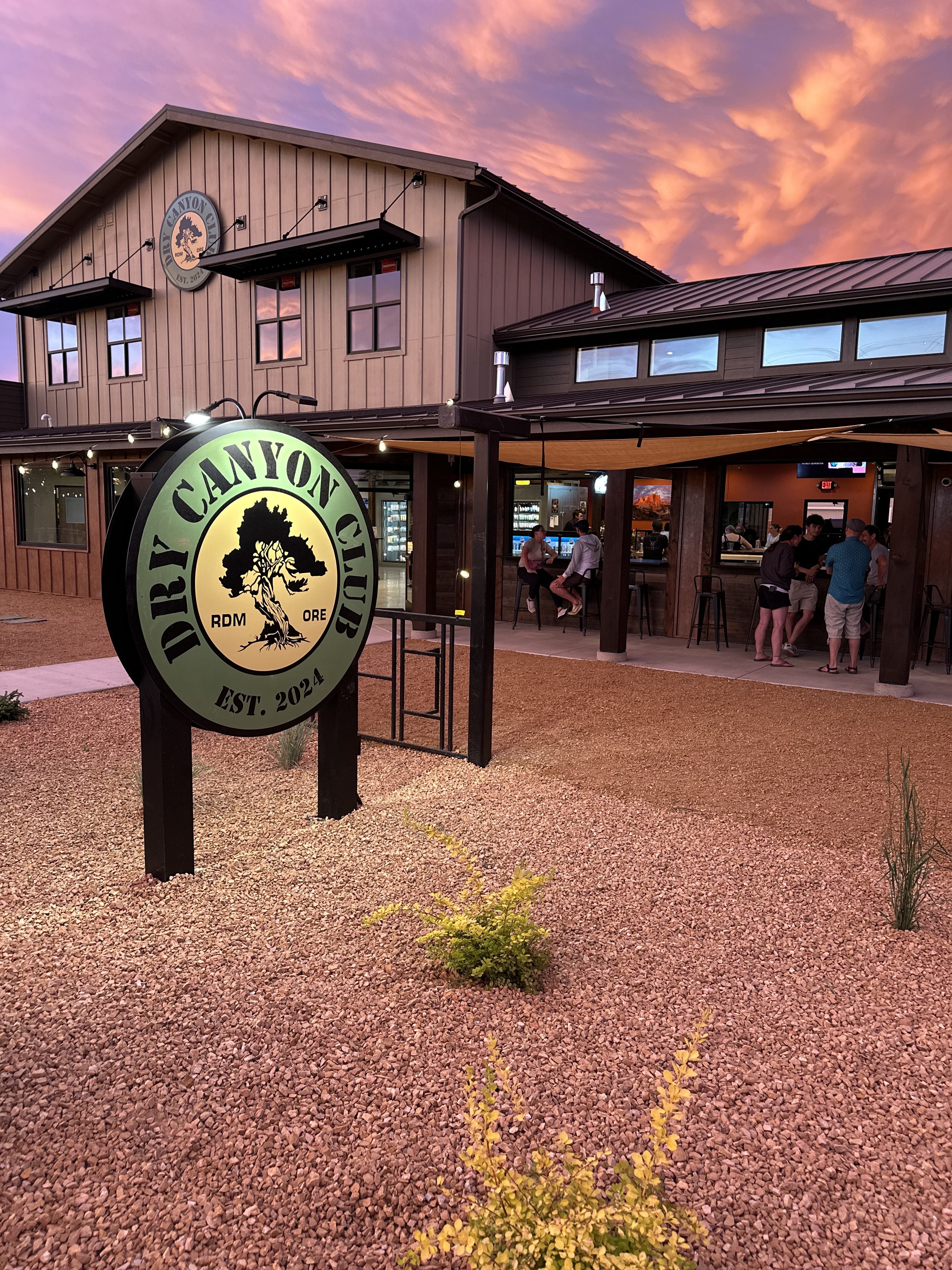Streetcar monopoly hit by Jitney Wars
Published 12:00 am Wednesday, January 27, 2016

- Oregon Historical Society / Submitted photoEarl McCreary sits in his car in December 1911, before he joined the ranks of the city’s jitney drivers several years later.
The working stiffs, lunch pails in hand, shiver in the chill of an early January working morning. The streetcar is late, again, and when it arrives, they’ll pack aboard to be taken slowly and uncomfortably to work. When they get there, they’ll still have to walk half a mile to their jobs from the nearest station.
Trending
They’re not complaining; a working man with a job in the slow 1915 economy wasn’t in the habit of griping about stuff. But still, all of them would admit it would be nice if the streetcar company, the ponderous local monopoly Portland Railway, Light and Power Co., was a little more responsive to its customers’ needs.
Then the sound of a crude, four-cylinder automobile engine breaks the morning stillness.
It’s a man in a red driving cap behind the wheel of a shiny new Ford Model T.
Trending
“Say, brothers,” he calls out. “Any of you gents care to ride with me this morning? Same 5 cents gets you there quicker, and I’ll drop you off at your factory gate.”
Soon he’s puttering off with four grateful pipe fitters crammed into his car and another two standing on the running boards. Ten minutes and 25 cents later, he’s coming back for another load. He passes another couple of horseless carriages on the way. All of them are loaded with workers grateful to skip the long lines, slow travel and inconvenient routes of the monopoly streetcar operators; he exchanges cheerful waves with each. He also passes the streetcar itself, only half full of passengers. The streetcar’s engineer, his face a mask of fury, shakes his fist. “Damn you, you socialist jitney cream-skimmers!” he shouts as they pass.
It was just another morning in the front lines of Portland’s Jitney Wars.
The Jitney Wars
“Jitney” is a term most Oregonians today know as a vague slang term for a piece of logging equipment — if they know it at all. But in the years just before World War I, the term was as familiar — and as controversial — as the name Uber is today.
And indeed, there are some striking similarities between the modern phenomenon of ride-sharing services like Uber and Lyft and the pre-World War I phenomenon of jitneys. There are some significant differences, too — differences that have been overlooked by most of the authors of recent newspaper features about them.
The jitney phenomenon started in 1914. At the time, most major cities had streetcar services — many of them still horse-drawn, but some with fancy new electric systems. A streetcar service is something of a natural monopoly; it’s hard to have competing light-rail systems, so a city typically gave a franchise to one private operator. The operator was protected from competition; in exchange, it agreed to have its rates and service regulated by the city.
Of course, that regulation typically started out lax and got more so as the big-shot businessmen in charge of the streetcar companies got progressively chummier with local political elites. Certainly that was the case in Portland. So, protected from either competition or serious pressure from the city, the streetcars in Stumptown delivered increasingly desultory service even as the city’s growing population taxed their capacity to its limit and occasionally beyond.
Meanwhile, the Ford Model T had a few years before private automobiles were easy to afford. And it wasn’t long before one of the new car owners invented a great scheme to make a little extra money: Troll the streetcar lines and offer customers personal service for the same nickel they’d pay to pack aboard a slow, smelly, inconvenient streetcar.
Streetcars fight back
Now, the fact that a private motorist could make a worthwhile profit selling individual car rides for the same price as streetcar fare clearly says something about the state of the streetcar industry at the time. Profit margins for streetcar companies were enormous. And in Portland, not much love was lost between streetcar riders and the Portland Railway, Light and Power Co. — which, as most of them knew, was backed largely by out-of-town capital and had been created through merger and consolidation specifically to eliminate competition.
So when streetcar monopolies around the nation found themselves competing with hundreds of private motorists picking up a little extra drinking money at their expense, they naturally turned to their local city governments with demands that this behavior be stopped.
Their case was a textbook argument from a licensed monopoly: Their deal with the city required them to run many different lines, some of which lost money and some of which made money. The winners offset the losers. Now, they cried, here came these jitney-driving jackals to “skim the cream” off the lucrative routes, leaving them with nothing but the losers. It wasn’t fair — it was unfair competition. And if it were allowed to stand, they claimed, they’d have to cut back service.
In other cities around the west, this claim resonated strongly. Cities like San Francisco and Los Angeles laid down expensive licensing laws and specious requirements. Then they put their police forces on the job, performing sting operations and writing fat tickets to unlicensed jitney drivers.
In Portland, though, the jitney drivers — who had wisely formed an American Federation of Labor-affiliated labor union just as soon as they realized which way the wind was blowing, much to the dismay and consternation of the streetcar company’s friends at the Morning Oregonian — had a key friend in Councilor Will Daly.
Daly’s defense
Daly was, unusually, a union officer who had gone into business successfully for himself, so he was both a union man and an enlightened employer. He made the jitney drivers’ case in terms that were hard for an honest conservative to argue with. How, he asked, was it appropriate for the city to take action to squelch a cadre of entrepreneurial small-business men in favor of a bloated, centrally controlled, government-sponsored monopoly that could simply raise its rates if the jitney drivers took away too much of its business?
As a result, Portland’s jitney drivers got to stay on the road much longer than others, and their licensing requirements were much less onerous. But the Portland Morning Oregonian — motivated both by publisher Henry Pittock’s personal hatred for Daly and his sympathy for the high-rolling capitalists whose pocketbooks were being impacted by what they saw as illegitimate competition from cream-skimming peons — never stopped fulminating against the jitneys, relentlessly calling them (and Daly) socialists in blithe defiance of the dictionary definition of the term and decrying their business as unfair.
And as for claims that jitneys presented “unfair competition,” Daly’s response was equally brilliant. Of course it was unfair, he said. “Where has there ever been competition that is fair?” he added. “Competition means survival of the fittest; there is nothing fair about it.”
Left unspoken, but surely understood, was a follow-up question: Whose position here is really a socialistic one? The backers of a government-sponsored transportation monopoly or the backers of a diversity of individual small-business men competing in an open marketplace?
That difference is also why the comparison with Uber and Lyft doesn’t quite work. Uber and Lyft are centrally controlled systems, more like a distributed version of the streetcar company than like the jitneys that once so vexed them. And the taxi companies, although few of them are one-car operations owned by the drivers, are locally owned businesses like the jitney drivers were.
And like the jitney drivers, it seems pretty likely that they will lose their fight with the smooth, well-financed ride-sharing services. In the case of the jitneys, the coup de grace that took them out was the outbreak of World War I. In the years leading up to it, competition from the jitneys inspired the streetcar company to upgrade its service substantially. When the war broke out, most jitney drivers found they could make a lot more money helping build ships, tents, cots and other supplies for the war effort. Their jitneys fell into disuse, and they joined the throngs aboard the streetcars.
By the end of the war, stiff regulations had been put into place. The city’s nascent taxi services were able to roll with the regulatory punches, but most jitney drivers found they could no longer make a living collecting nickels, and shut down for good.
(Sources: Johnston, Robert D. “The Myth of the Harmonious City,” Oregon Historical Quarterly, fall 1998; “Traffic Problems Confront the Rose City,” Electric Railway Journal, 24 Aug 1918; Law, Steve. “Jitneys, Uber and Déjà vu,” Portland Tribune, 31 March 2015)
Finn J.D. John teaches at Oregon State University and writes about odd tidbits of Oregon history. For details, see http://finnjohn.com. To contact him or suggest a topic: finn2@offbeatoregon.com or 541-357-2222.








